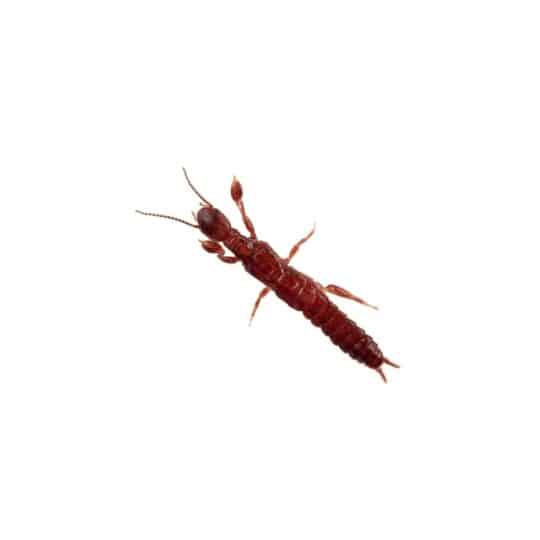All About Your Roof – The Hidden Entrance for Pests

There are many components to integrated pest management, each designed to help keep your property free of pests. But the most important is the barrier that we create between the outside of your home and the inside using people-safe and pet-safe pesticides. While pest control has many elements, this border is what does the best job at preventing pests from walking into your property.
Often, this is enough to prevent most common insects and spiders. But it’s not perfect. That is because there can be other entrances around your home that pesticides alone do not cover.
One entrance that many people forget about is the roof.
Many people have roofing that has small, tiny holes that allow pests to enter, especially if the roof is older or was poorly installed. That means that if you truly want complete pest prevention, you may also want to consider roof repair as well, especially if the issue is that the roof was not installed correctly to begin with, or if the roof has reached the end of its lifespan. It takes very, very, very small holes for numerous insects to appear, including:
- Spiders
- Silverfish
- Termites
- Ants
- Bees, Wasps, and Hornets
- Earwigs
- Webspinners
- Lacewings
- Weevils
- Pseudoscorpions (Tiny Black Bugs Related to Spiders)
An issue that can often arise is that, when there are holes in the roofs, pests that you may not see as regularly (such as webspinners, which are long black bugs that typically do not come indoors unless they’re seeking light) may end up in your property in a way that can be confusing. Sometimes even frightening.
In any scenario, it’s important to realize that it takes very small openings in a roof to create a host of problems, and some roofs – like those on vaulted ceilings – may be at even greater risk.
The Issue May Be the Roof Materials
Sometimes, it’s not that there is a problem with a roof. Sometimes, the issue is that the roof itself is a risk. For example, many pests take advantage of natural roof weaknesses and exploit them. Such as:
- Roof Rats and Squirrels – These pests can chew through soffits all by themselves, which allows them to create their own entrance points.
- Bats and Birds – Though these pests do not make their own entrances, they can take advantage of entrances made by other animals (or poor installation), or they can squeeze through tiny gaps in ridge vents and chimneys.
- Termites and Carpenter Ants – Termites and ants look for water damaged roof sheathing, and then create their own openings to spread and breed.
- Cockroaches and Silverfish – Roaches do not even need an opening in the roof to get inside. They can take advantage of roof vents, or even crawl through a chimney that hasn’t been closed properly.
Roofing represents an entrance point that opens the door for pests to invade, which means that solving the issue requires a multi-point approach that extends beyond pesticides alone.
How to Proactively Control for Roof Weaknesses and Openings
First, it’s always a good idea to speak to a professional roofer. Many of them can provide you with helpful information about your roof, such as how many years it has left, if there are any weaknesses and vulnerabilities, and if there are any repairs that might help.
You may find that there are simple, inexpensive fixes that not only help prevent pests, but also improve the lifespan of your roof. Since any opening has the potential to lead to further damage, it is helpful to get an inspection that can examine the roof for potential problems.
In addition, you can consider:
- Exclusion – Exclusion is a pest control technique that involves sealing up entrance points so that a pest cannot enter. It is a big part of integrated pest management, though some roof-related exclusion may require a roofer. We can, however, look at your attic and see if there are holes we can seal or things we can do to prevent pests from entering.
- Habitat Modification – Pests do not usually end up on your roof by accident. Bugs and animals prefer to be closer to the ground. If they’re on your roof, it may be because you have tree branches that lead atop the roof, or gutters that are filled with debris and standing water. Getting those removed or moved may be enough to prevent most pests from entering.
- Proactive Detection – The sooner we identify a problem, the easier it is to solve it, and that may require proactive detection. For example, a glue board in your attic may be a great way to spot any issues early.
Some of these pest control techniques you can do yourself. But most require a pest control technician and, in some cases, a roofer or landscaper (depending on what is drawing pests to your roof).
Still, if you’re finding pests on your property and you’re certain that you don’t have any entrances that pests are exploiting on the ground floor, it may be worth looking into your roof. Often the problem can be found above, rather than below, and addressing it could be a simple task but may require specialists and early detection to address.